Many people use a sandblaster to remove old paint off of outdoor furniture, car parts, industrial machinery, etc. so that it can be repainted.
At times, you may realize that the part has many coats of paint or has a very thick or durable paint. Even sandblasting may struggle to get this type of paint off. Here are 4 different solutions that can help you sandblast thick paint off:
1. Combine a Paint Stripper with Sandblasting
Since sandblasting will often take some time 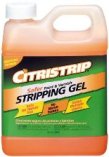
Many paint strippers are extremely nasty and toxic substances. You do not want to get these products on your skin. If you aren’t blasting it off in a cabinet, you should use protective clothing.
Luckily, companies have been manufacturing some paint strippers that are non-toxic and biodegradable such as the product to the left. I have not use it yet, but the reviews look promising. You can search through a whole list of these paint strippers here.
2. Use a Paint Heat Gun with Sandblasting
Many people use heat guns which is 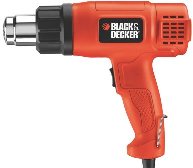
This quality heat gun can be found here.
3. Use a Courser & Harder Grit
This is more obvious, but is another suggestion. A course 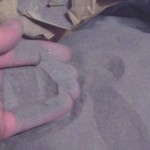
4. Turn Up the Pressure
Another obvious solution to turn up the pressure past 50 PSI 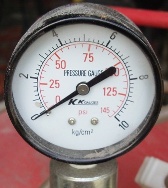

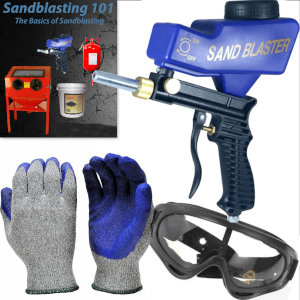
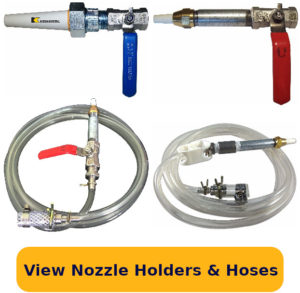
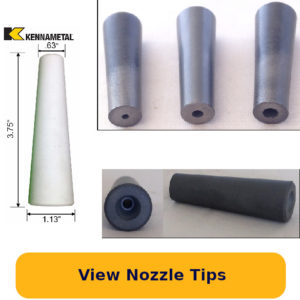

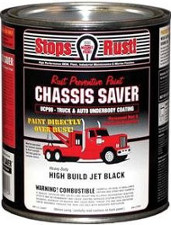
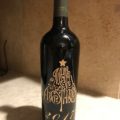
One of my email subscribers, Peter emailed me something that I didn’t really point out. “Using coarse grit at high pressure can remove a significant amout of metal underneath the paint.”
This holds true for an abrasive that is hard also, which is why many people use a softer material such as crushed glass than say- aluminum oxide. If the material you are blasting can be rough, that it isn’t as big of a deal.
on heavy cast iron parts like early ford i beam axles, it really doesnt matter about texture. i just want a good clean surface to chrome on to. thanks in advance, mike daniels